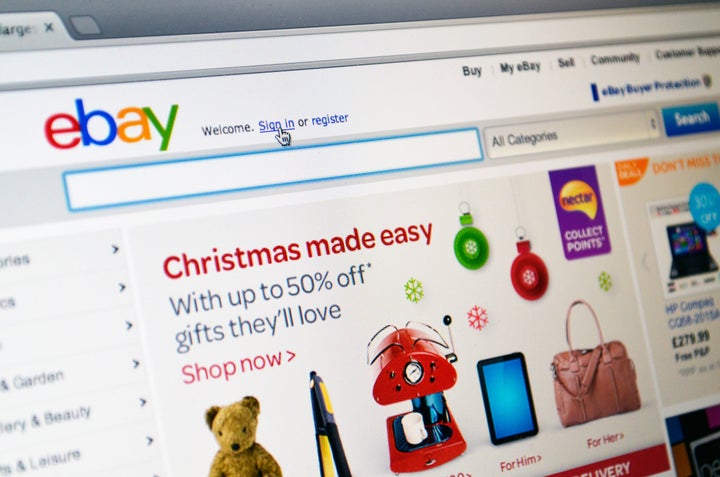
The best-known Internet 1.0 peer-to-peer marketplace, eBay, turned 20 this week.
Time was, avid collectors might go online to acquire a rare collectible that was impossible to find locally. They'd dial up the Internet, type in ebay.com, wait for the page to load, search for what they wanted, and spend the next day or two obsessively watching an auction. If they won, they'd have to take their auction number to a third-party site where they could input their credit card details and actually pay the merchant. Hefty shipping and handling charges might apply.
Most things people just bought at the mall.
Twenty years later, it's pretty easy to order food, clothing, toiletries, home cleaning services and cars from a device that fits in the palm of your hand. Sitting in my office in New York City, I can buy almost any product in the world. eBay's little niche platform helped launch a consumer revolution.
As peer-to-peer marketplaces have grown and matured, they've become less quirky and it's become harder for upstart sellers to gain a foothold -- not unlike the way physical stores evolved in the decades before the Internet.
In the 1990s, eBay was an auction site with many small vendors who sold hard-to-find items to a mass audience that they had never before been able to reach. It still has those features, but today you can buy anything from home decor to cars to electronics -- and most of those sales use the "Buy It Now" function. Many successful sellers either operate out of already established companies or are individuals devoting themselves full-time to their eBay sites.
Of eBay's top 1,000 sellers in 2013, nearly 300 were Chinese companies, most of which had accounts in either the U.S. or the U.K. (meaning they were exporting their products) and listed thousands of products on their eBay sites. Number 500 on that list was a user by the name of speed_daddy. The user is American, has more than 20,000 auto-part items for sale, and has received over 70,000 reviews this year alone -- just 400 of which have been negative. For people selling auto parts on eBay, that's the competition.
Internet marketplaces "allow thousands of sellers to experiment with prices, selling mechanisms, and advertising strategies," according to a new working paper by three Stanford economists. They can't, however, outrun the basic economic principle of supply and demand. Customers want their products immediately, and there are now enough suppliers of almost any product that if one seller doesn't offer a quick and easy way to get something, another will.
"There used to be a thrill in the auction process," said Pamela Hazelton, an ecommerce and online marketing consultant and developer who started advising small and medium-sized businesses in 1995. These days, she said, people are impatient.
"Everyone wants it now. I think a lot of that has to do with Amazon. Amazon first rolled out free shipping and now has Prime," Hazelton said. Prime, for the uninitiated, offers members free, guaranteed two-day shipping from Amazon (for $99 a year in membership fees).
In the words of a professional eBay seller on the question-and-answer site Quora, "My biggest complaint is that the platform has shifted to making the buyer happy at the expense of the seller."
